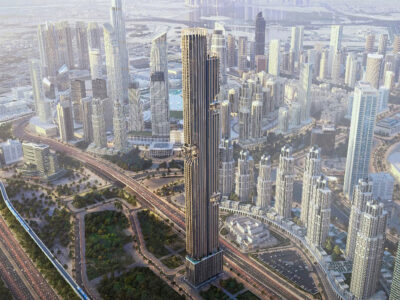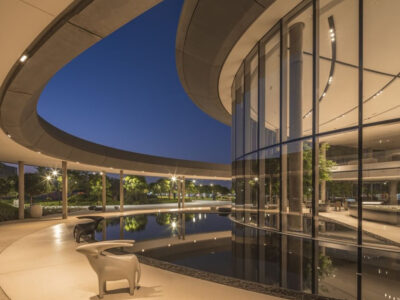Dubai’s industrial and logistical space has seen a surge in demand, during the first half of 2023, according to a report by Savills.
According to the Dubai Industrial Market in Minutes H1 2023, this period experienced a high level of demand, mainly driven by companies relocating their operations to Dubai from another emirate, the report said.
The report highlighted an ongoing trend of growth that has been steadily gaining momentum since 2020, demonstrating an intense appetite for logistics and industrial space.
The primary driver behind this trend was the relocation of numerous companies from other emirates to Dubai, followed closely by the adoption of the near-shoring trend.
A remarkable factor contributing to the heightened demand was the notable spike in local manufacturing.
This was attributed to the UAE’s ambitious industrial strategy, Operation 300bn, which aims to secure the country’s industrial sector, elevate the UAE’s status as a global hub for exports and re-exports, and create more job opportunities.
“Oil and gas related companies, e-commerce operators, contract logistics, and indoor farm operators were the prominent demand drivers for warehouse leasing activity in H1 2023 in Dubai,” Michael Fenton, the Director of Industrial & Logistics at Savills said.

The e-commerce sector also emerged as a driver of demand during this period.
The popularity of hub-and-spoke delivery channels, which is slowly becoming a trend, advocates for constructing a central “mother” warehouse near vital infrastructure, like ports, coupled with smaller “last-mile” storage facilities.
This trend was amplified by the escalating preference for swift delivery platforms, with the e-commerce sector anticipated to sustain its leadership in demanding warehouse space.
Another element behind the demand surge was the involvement of third-party logistic companies.
A prominent example is J&T Express, a significant Indonesian delivery giant that exponentially expanded its operations across Dubai, currently leasing around 161,000 sq. ft. of space.
The company has plans to further augment its warehousing capacity to 430,000 sq. ft. by 2026, reflecting the robustness of the sector.

Additionally, oil and gas companies were “top occupiers” in leasing warehousing and industrial space across the nation further intensified the demand.
With the UAE’s projected investment of nearly $150 billion to bolster its oil production capacity by 2027, this segment is expected to maintain a commanding presence.
The dynamic UAE-India Comprehensive Economic Partnership Agreement (CEPA), in conjunction with the UAE’s intentions to expand it to countries such as Israel, Indonesia, Turkey, and Colombia, is also contributing significantly to the thriving occupier market.
Benefiting from its strategic location, the China Plus One strategy, and the robust economic ties between China and the UAE, Dubai has welcomed a surge of Chinese firms setting up operations.
This wave has been driven by leasing space to manufacture and export products to neighboring GCC and African nations.
“Leasing activity was concentrated across prominent non-bonded warehousing hubs such as Al Quoz, DIP, and NIP,” Swapnil Pillai, Associate Director of Middle East Research at Savills said.
He added: “Vertical farm operators, companies from the retail and leisure sectors, as well as e-commerce and FMCG players, were the notable occupiers of space”.

Dubai’s industrial real estate flourishes
Dubai South’s industrial zone has experienced a notable increase in occupancy due to its extensive land offerings for various types of warehouse facilities.
During the first half of the year, Amazon emerged as a significant lessee within the free zone, bolstered by the presence of numerous e-commerce firms and supporting initiatives.
Rental values have exhibited an upward trajectory in several submarkets, mirrored by a corresponding increase in inquiry levels.
For Grade A properties, rental values surged by averages ranging from 6.7 percent to 14 percent. Meanwhile, Grade B stock witnessed substantial rises, notably 37.5 percent in Al Quoz.
Nearly a million square feet of new supply is underway in key areas including JAFZA, Dubai South, DIP, and NIP, further reshaping the landscape of the city’s real estate sector.








